
Hibiscus syriacus 'Ardens' from NVK Nurseries
The Ardens Rose of Sharon, also known by its botanical name Hibiscus syriacus 'Ardens', is a deciduous shrub that typically grows to a height of 6-10 feet and a spread of 4-6 feet. It is known for its showy flowers that bloom in late summer and early fall, featuring shades of lilac, lavender, and blue. To ensure proper growth and flowering of.
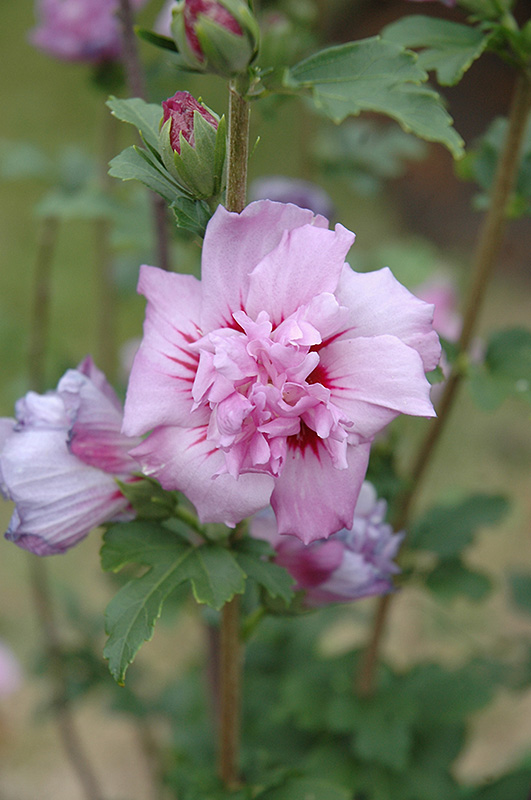
Ardens Rose of Sharon (Hibiscus syriacus 'Ardens') in Denver Centennial Littleton Aurora Parker
1 of 1 Variety or Cultivar 'Ardens' is an upright, dense, deciduous shrub with ovate, lobed, dark green leaves and, from late summer into autumn, large, double, lilac-pink flowers with red throats. Season of interest Height and spread Metric | Imperial Where to grow Soil type Chalky Clay Loamy Sandy Soil drainage Moist but well-drained Well-drained
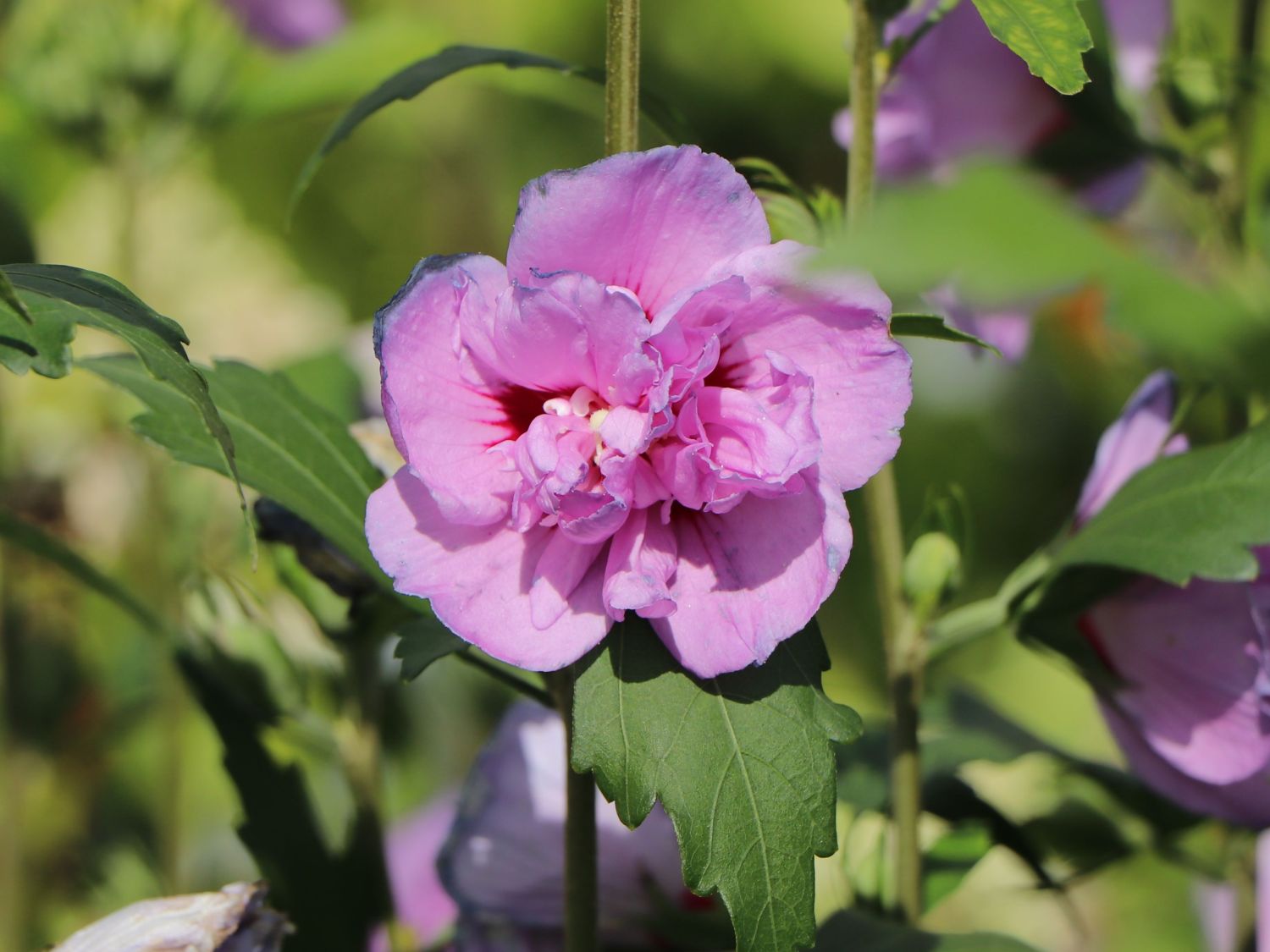
Garteneibisch 'Ardens' Hibiscus syriacus 'Ardens' Baumschule Horstmann
Ardens Rose of Sharon Hibiscus syriacus 'Ardens' Description Blooms double purple flower. Dark green foliage emerges in late Spring and turns yellow in Autumn. Bloom Period: Summer Growth Habit: Upright, vase-shape and tree form with training Mature Height: 7′ to 9′ (210 cm to 270 cm) Mature Spread: 6′ to 7′ (180 cm to 210 […]
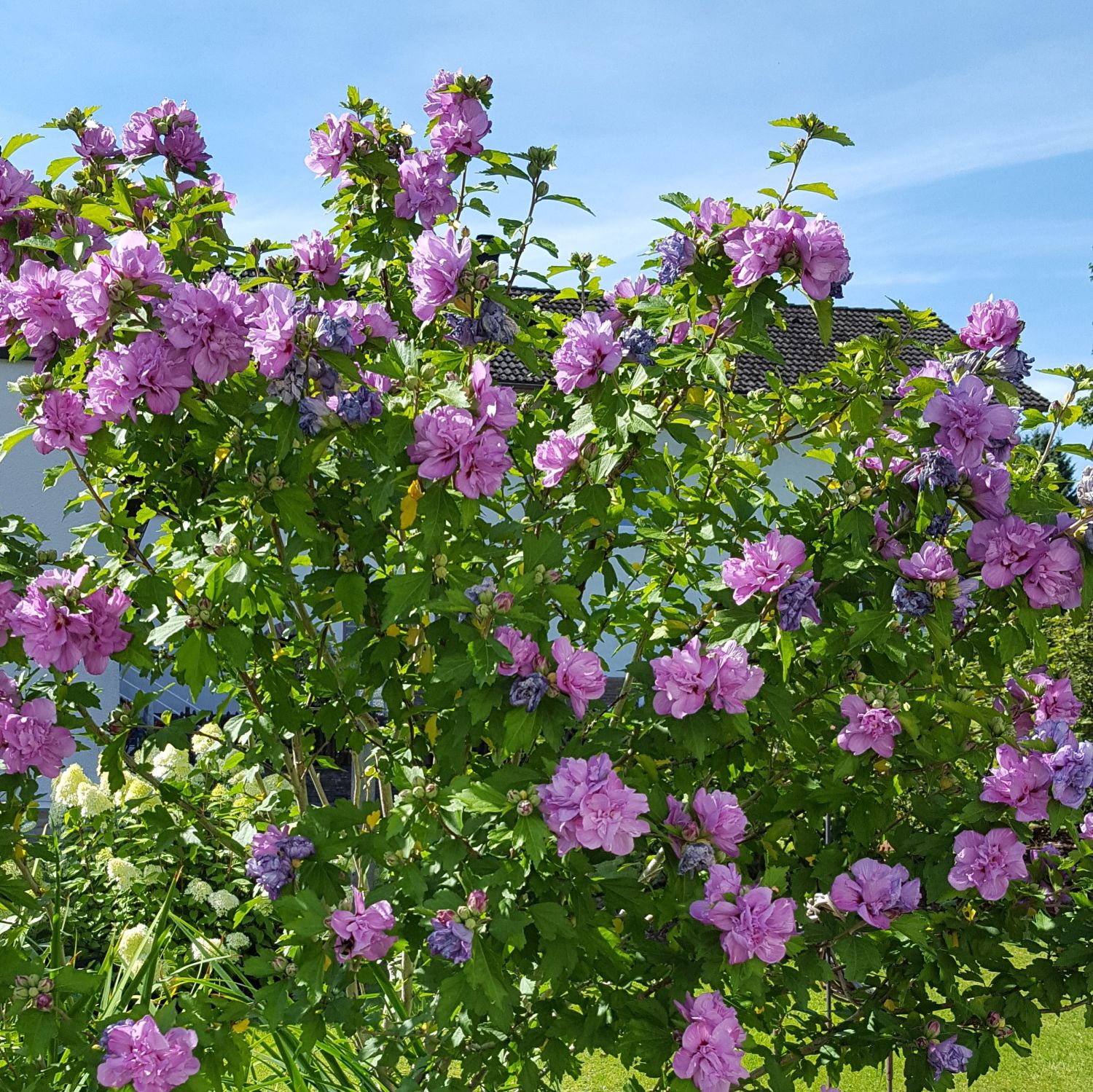
Garteneibisch 'Ardens' Hibiscus syriacus 'Ardens' Baumschule Horstmann
Hibiscus syriacus 'Ardens'. Also called Althea. Double purple flowers. Variably palmate leaves emerge late in the spring. Yellowish foliage in the fall. Upright, vase-shaped habit. Bloom Time: July to September. ZONE: 5.
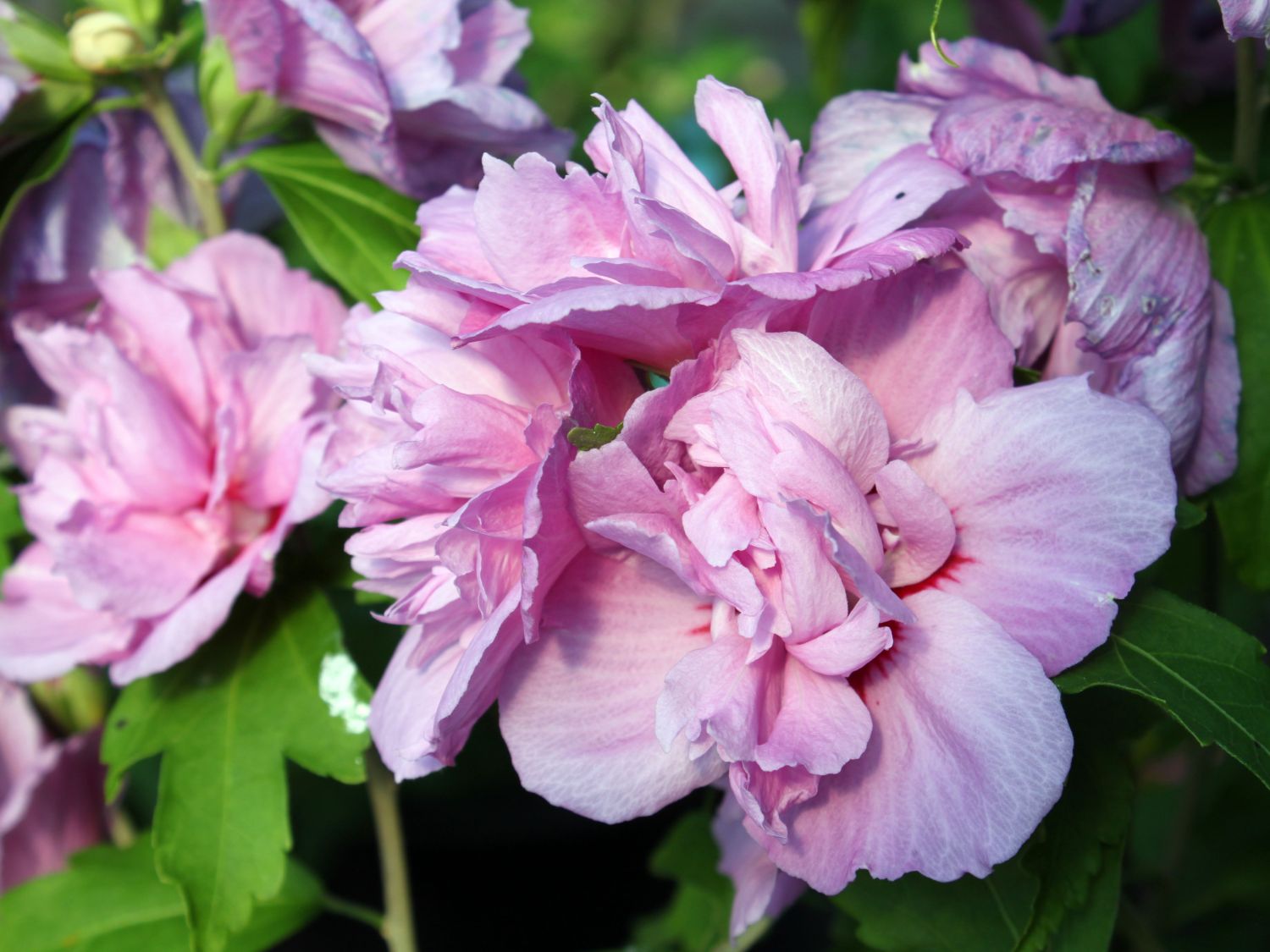
Garteneibisch 'Ardens' Hibiscus syriacus 'Ardens' Baumschule Horstmann
Ardens Hardy Hibiscus Standard Tree Maintains formal shape with minimal pruning You're in for a real treat with this lovely Hibiscus variety. It produces an abundance of lilac-pink double blooms that provide soft color all the way through summer and into fall. Trained as a. Read More » Zone 5-8 Height 5 - 8 feet Flowering Date Midsummer to Frost
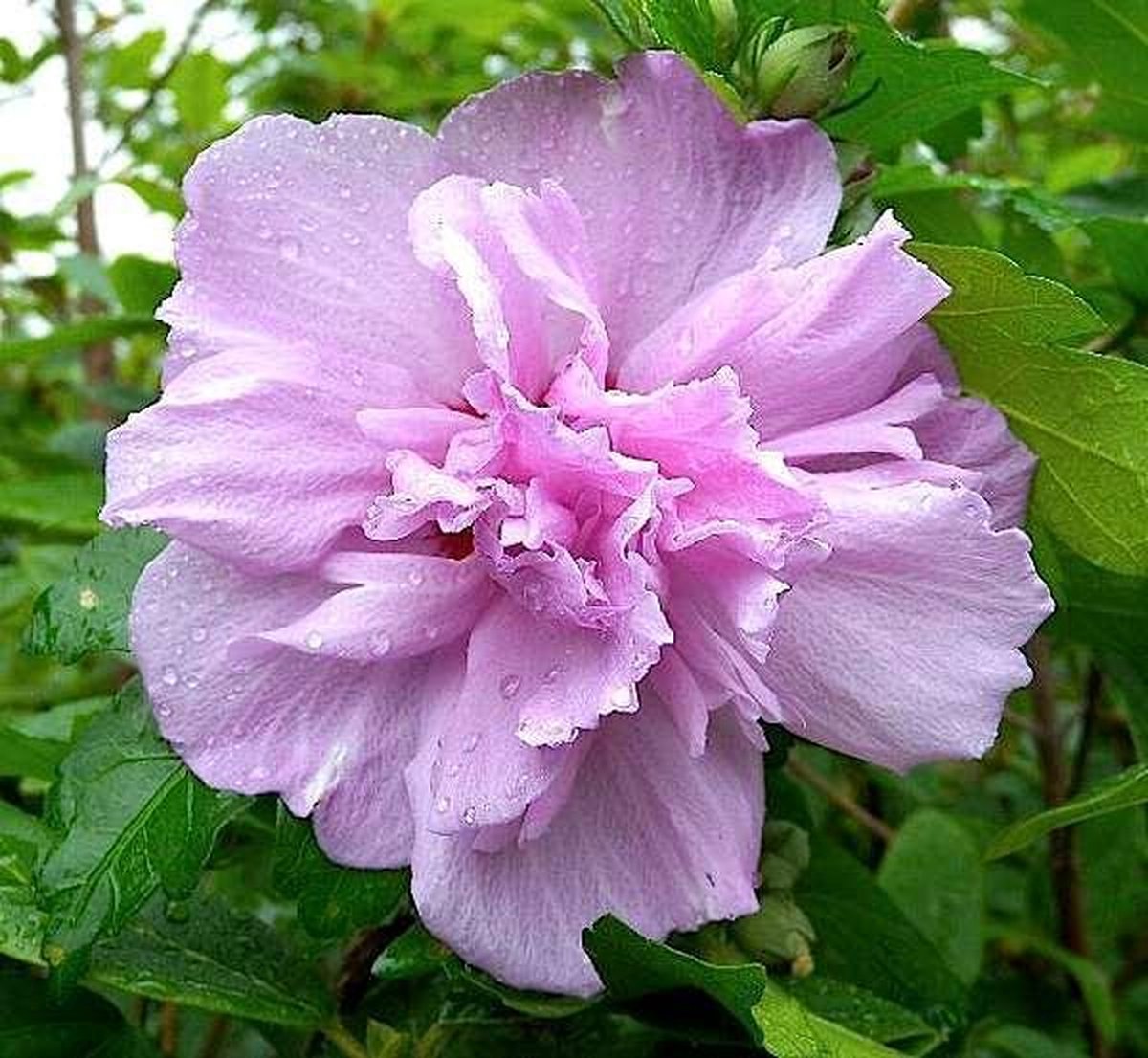
Hibiscus Syriacus 'Ardens' roze dubbelbloemig in pot Ø25cm H40cm
Hibiscus syriacus 'Ardens' (Rose of Sharon) is a compact, bushy, deciduous shrub noted for its ravishing lilac-pink double flowers adorned with darker veins in their center. Blooming profusely and reliably from early summer to fall, each flower lasts about one day and stands out against the foliage of maple-like, deeply toothed, green leaves.

Hibiscus syriacus Ardens Rose of Sharon
Rose of Sharon (Hibiscus syriacus) is a deciduous hibiscus species that produces abundant showy blooms in the summer and fall. The five-petal, paper-like flowers come in an array of colors (including bicolors) that reach 3" in diameter. Blooms have a prominent stamen and often a dark colored throat.

Hibiscus syriacus Ardens Purple Arbustos Y Arbustivas. Arboles para jardin, Jardines y
Planting & Care for Deciduous Shrub - Hibiscus - Rose of Sharon. Semi-upright growth, and typically grows 8-10' tall. Can be used a flower hedge in the landscape. This shrub is easily grown in average, medium moisture, well-drained soils in full sun to part shade. Best flowering occurs in full sun.
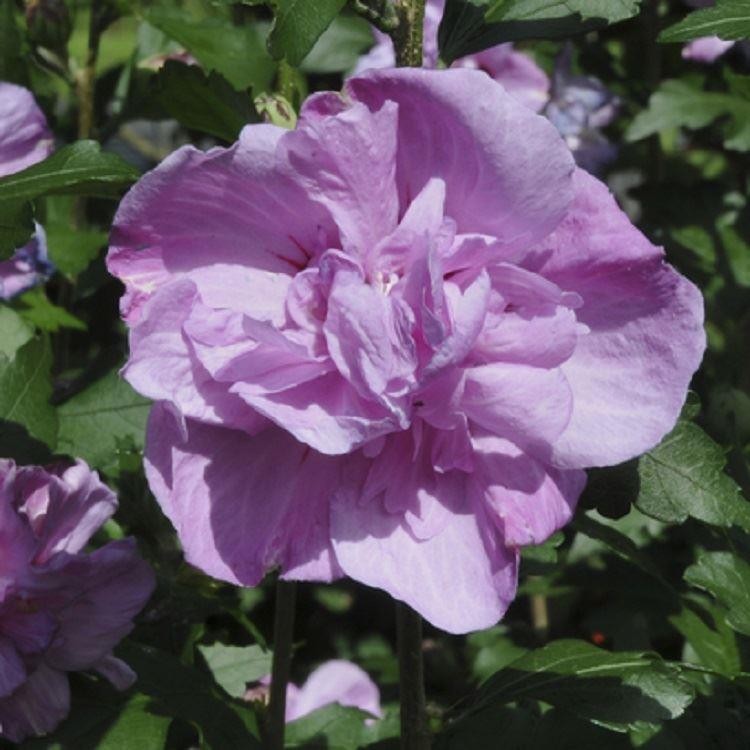
Hibiscus syriacus Ardens Rose of Sharon
Height: 12 feet Spread: 10 feet Sunlight: Hardiness Zone: 4b Other Names: Shrub Althea Description: Extremely showy double lilac-purple flowers throughout summer; a tall, stiffly upright shrub with vase shape habit; very adaptable plant, but prefers full sun Ornamental Features
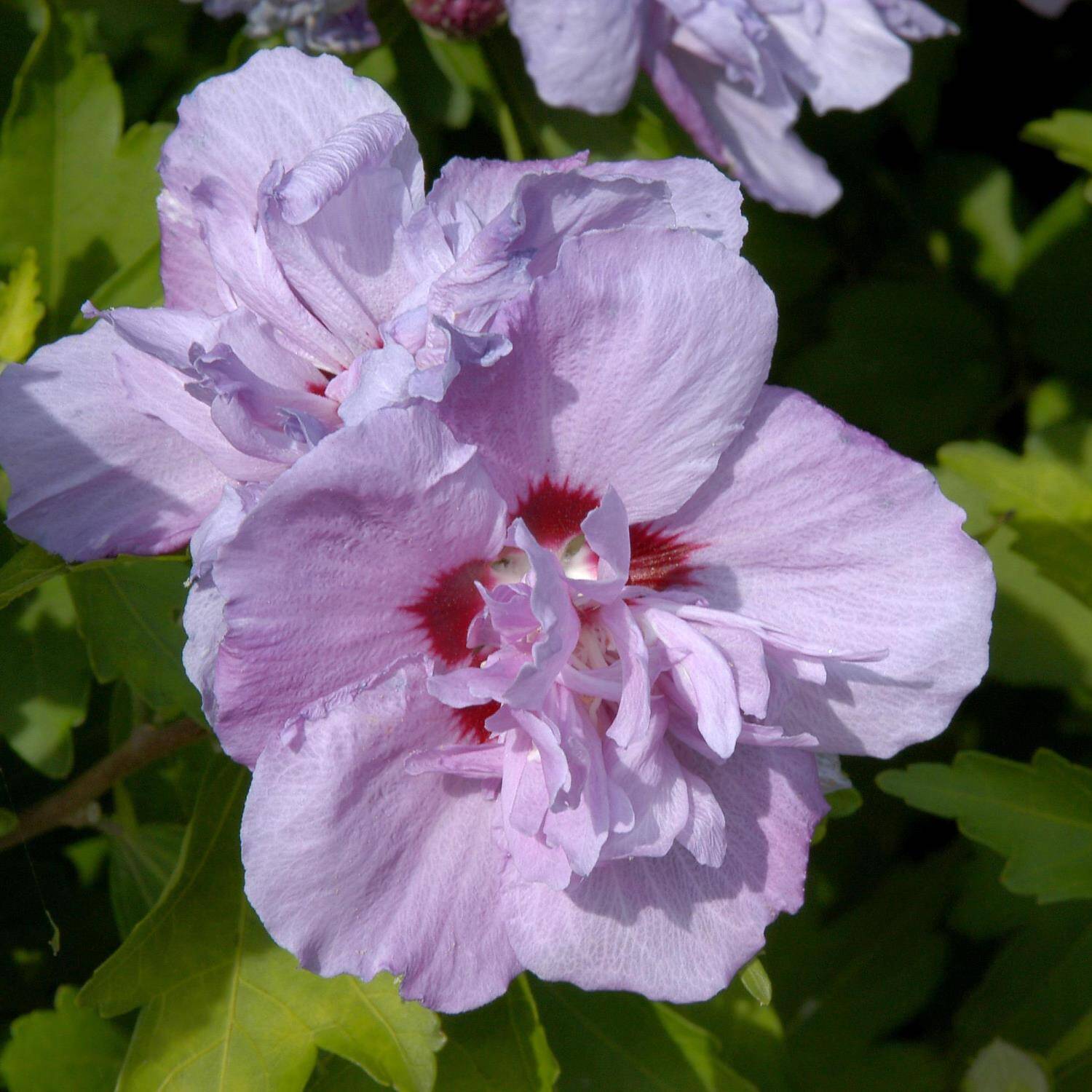
Garteneibisch 'Ardens' Hibiscus syriacus 'Ardens'
Characteristic Deer resistant Exposure Flower color Flowering time Foliage color Fragrant flower Hardiness Height Soil Clear filter Hibiscus syriacus 'Ardens' (Rose of Sharon) Description Specifications The Hibiscus is a genus from the mallow family (Malvaceae) and is native to Mediterranean, tropical and subtropical areas all over the world.
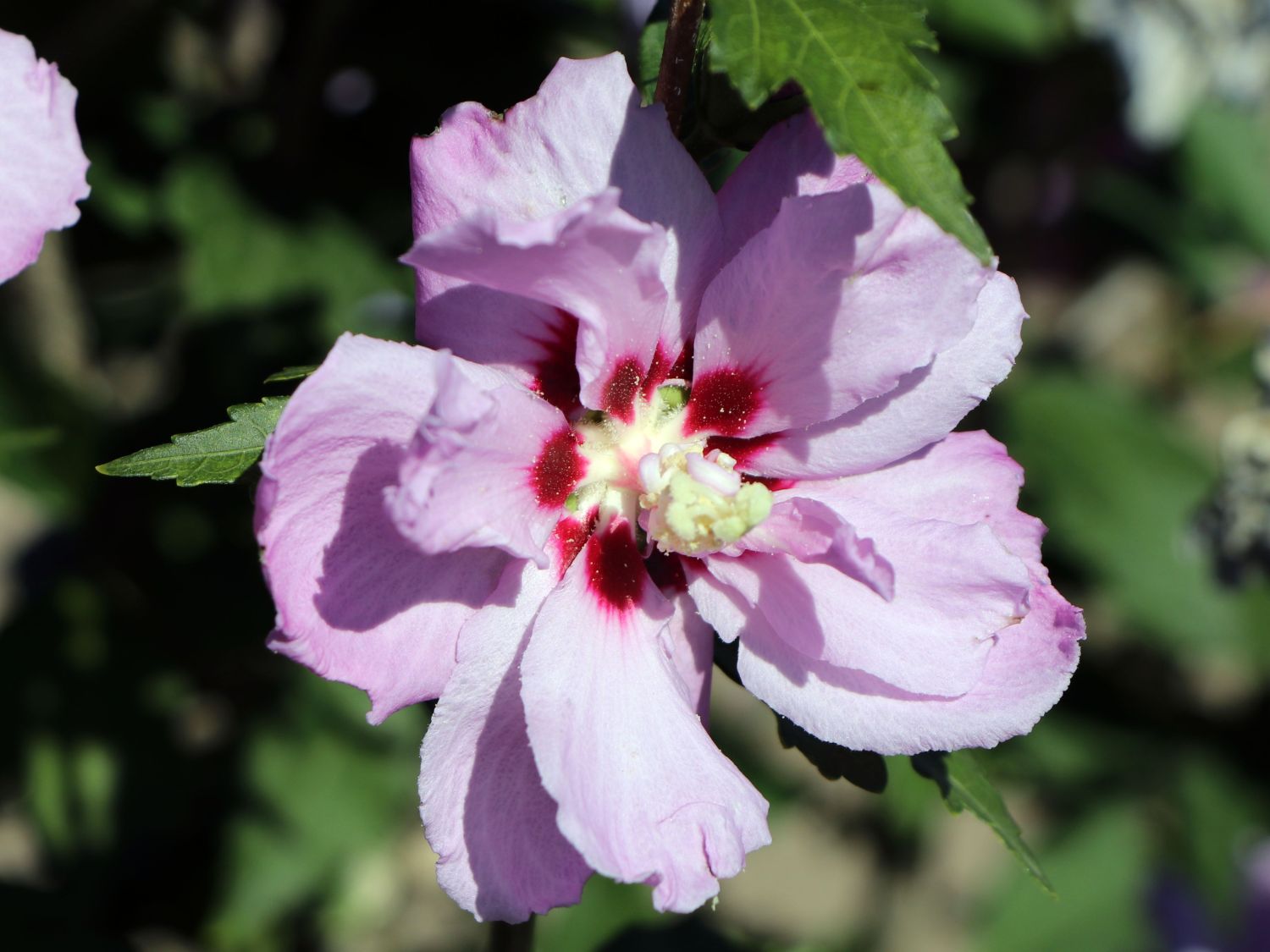
Garteneibisch 'Ardens' Hibiscus syriacus 'Ardens' Baumschule Horstmann
Hibiscus syriacus ardens is a shrub that can reach a height of 6-8 feet. It has glossy, dark green leaves and large, showy flowers that range in color from white to pink to purple. The flowers are borne in clusters at the ends of the branches and bloom from midsummer to fall. hibiscus syriacus ardens is an excellent plant for use as a hedge or.

Hibiscus syriacus 'Ardens Purple' / Ardens Purple Althaea 3913 Flower
Ardens Rose of Sharon features bold lilac purple round flowers along the branches from mid summer to early fall. It has green deciduous foliage. The lobed leaves do not develop any appreciable fall colour. Landscape Attributes. Ardens Rose of Sharon is a multi-stemmed deciduous shrub with an upright spreading habit of growth.

Hibiscus syriacus 'Ardens' 60 cm stam kopen bij Tuincentrum Boskoops.nl Online Tuincentrum
Details Late-season blooming ornamental pompoms, the Ardens Rose of Sharon Shrub (Hibiscus syriacus 'Ardens') is an absolutely vivid flowering ornamental shrub. Beloved for its 3-inch, double blooms and hardy nature.
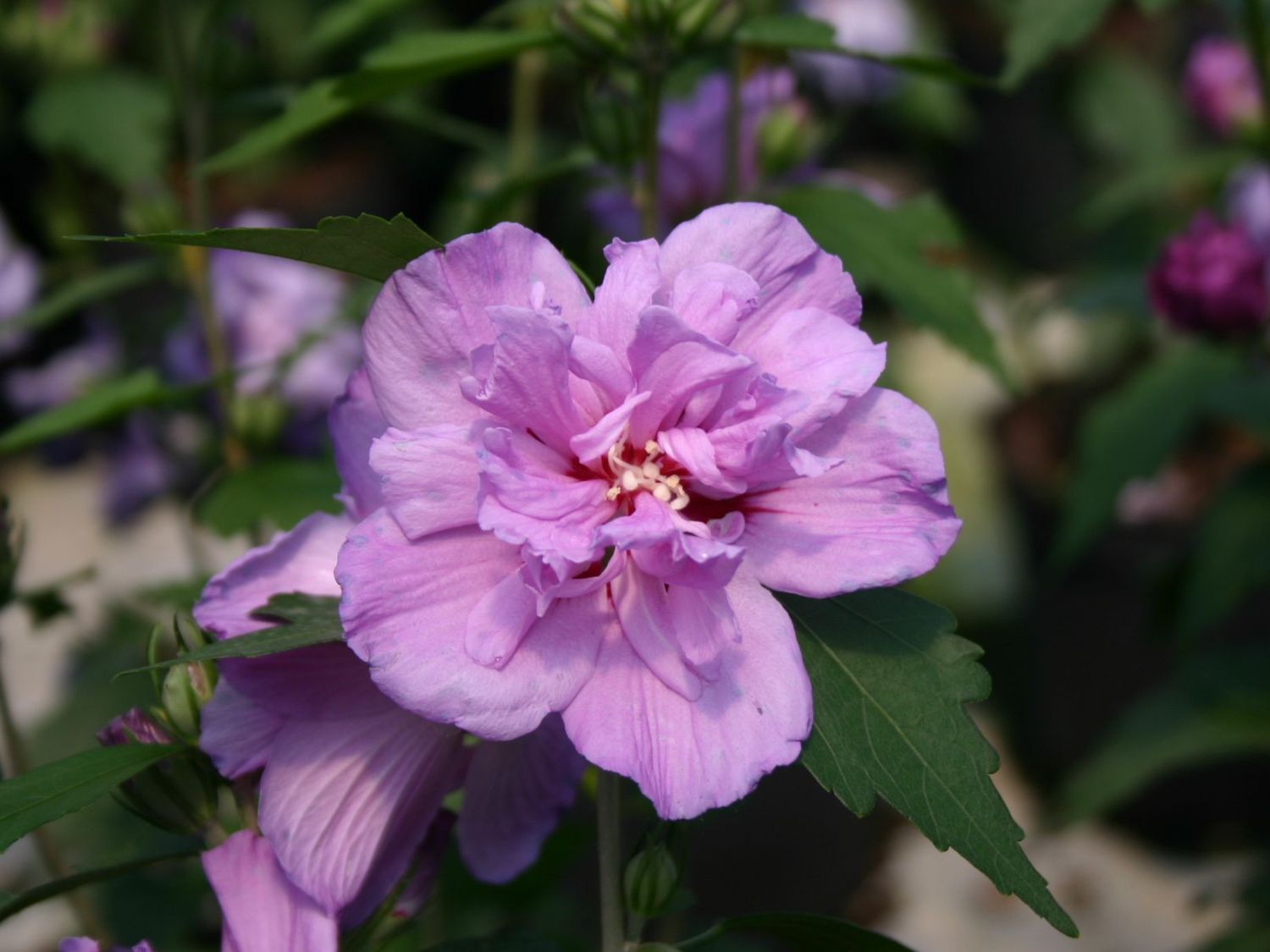
Garteneibisch 'Ardens' Hibiscus syriacus 'Ardens' Baumschule Horstmann
Rose of Sharon (Hibiscus syriacus) is a versatile shrub with abundant blooms. Learn how to grow this type of hardy hibiscus now on Gardener's Path. Rose of Sharon (Hibiscus syriacus) is a versatile shrub with abundant blooms.. 'Ardens' has three-inch lavender double blooms with a unique ruffled appearance. Leaves are diamond shaped with.

Photo of the bloom of Rose of Sharon (Hibiscus syriacus 'Ardens') posted by Altheabyanothername
The Hibiscus is a genus from the mallow family (Malvaceae) and is native to Mediterranean, tropical and subtropical areas all over the world. 3. the Hibiscus syriacus. The Hibiscus syriacus is native to Asia. It is the only shrub from this genus that tolerates frost and is commonly named rose of Sharon, outdoor hibiscus or althea shrub.
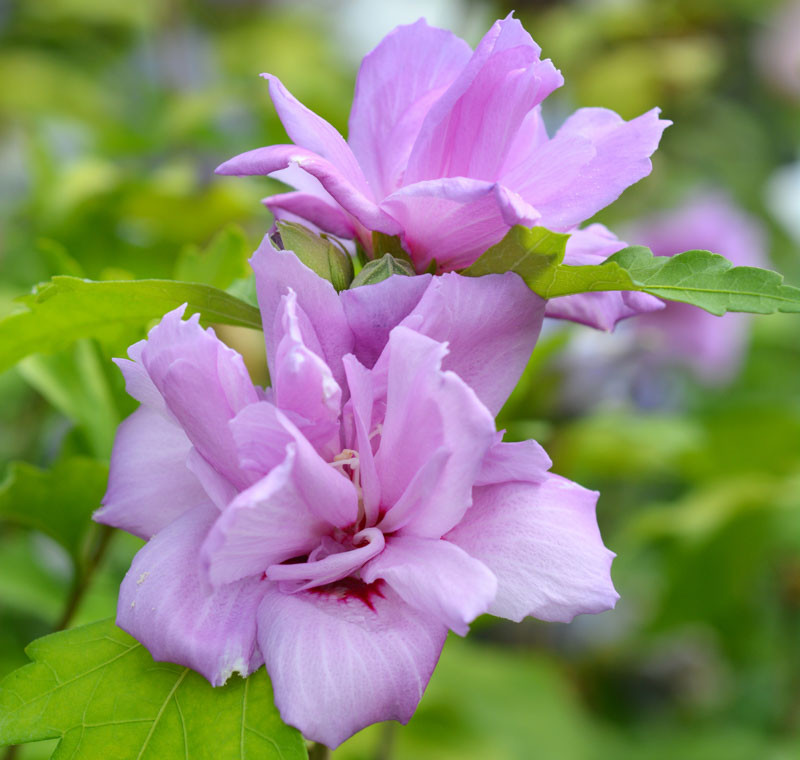
Hibiscus syriacus 'Ardens' (Rose of Sharon)
Hibiscus syriacus is a species of flowering plant in the mallow family, Malvaceae. It is native to south-central and southeast China, but widely introduced elsewhere, including much of Asia, both in the east and the west. [3] It was given the epithet syriacus because it had been collected from gardens in Syria.